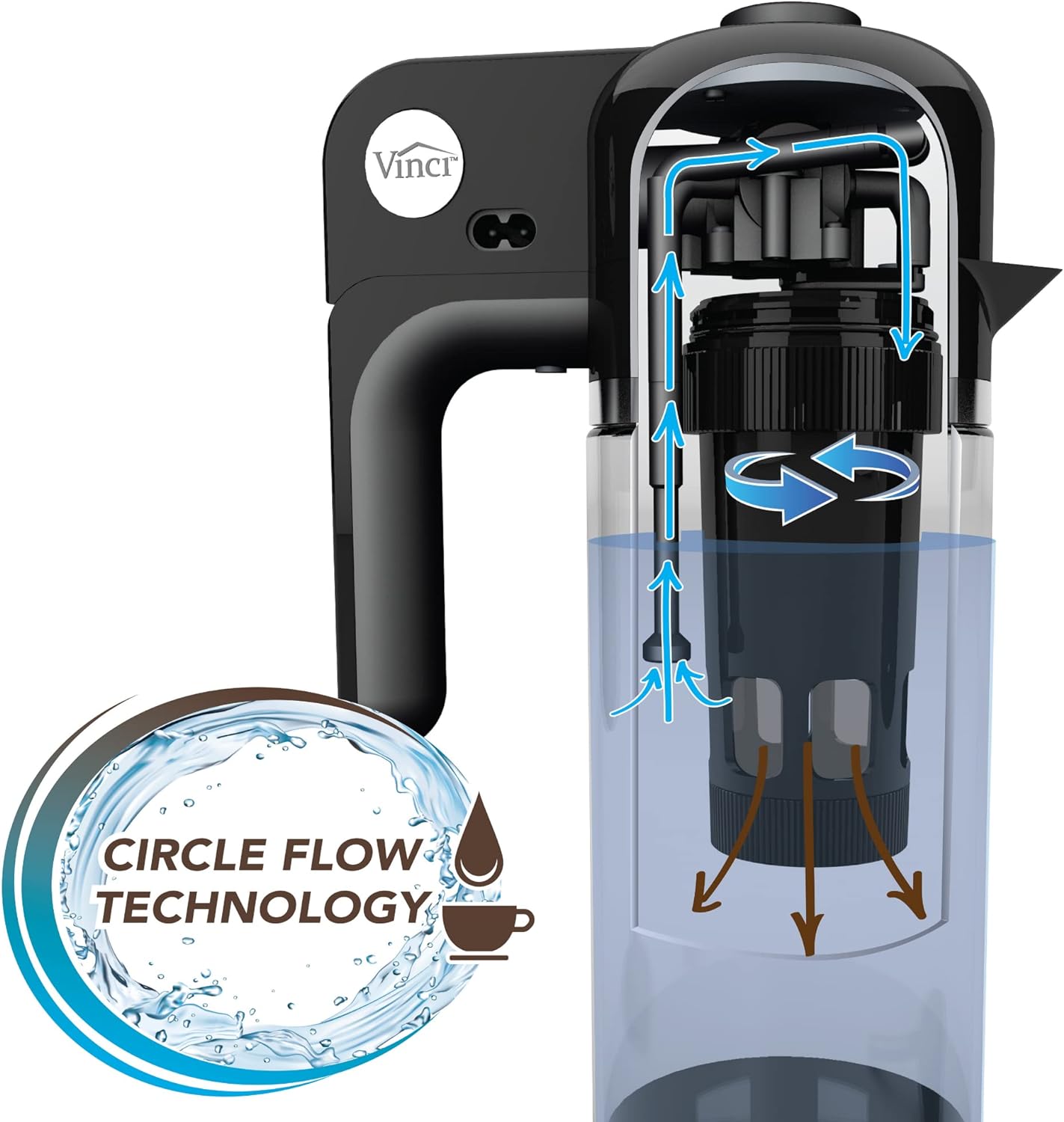The Science Behind the Perfect Grind and Brew Coffee
There is nothing quite like the aroma of freshly ground coffee beans wafting through your kitchen in the morning. But have you ever stopped to think about the science behind the perfect grind and brew coffee? The way you grind your coffee beans and brew your coffee can have a significant impact on the flavor and quality of your morning cup. Let’s delve into the science behind it all.
The Grind
The grind of your coffee beans is crucial to making a great cup of coffee. The grind size determines how quickly the water extracts flavor from the coffee, affecting the strength and taste of the final brew. The science behind this lies in the surface area of the coffee grounds.
When you grind coffee beans, you increase their surface area, allowing for more extraction of flavors and oils when they come into contact with hot water. A finer grind will have a larger surface area and thus extract more flavors quickly, resulting in a stronger, more intense brew. On the other hand, a coarser grind will have a smaller surface area and extract flavors more slowly, producing a lighter, more delicate cup of coffee.
The Brew
Once you have your perfectly ground coffee, the next step is the brewing process. The science behind brewing coffee lies in the extraction of flavors from the coffee grounds. The ideal brewing temperature is between 195°F and 205°F. This temperature range allows for optimal extraction of flavors without scorching the coffee grounds, resulting in a bitter taste.
The brewing time also plays a crucial role in the science of making a perfect cup of coffee. If the grounds are in contact with the water for too long, over-extraction can occur, resulting in a bitter and unpleasant taste. On the other hand, if the grounds are not in contact with the water for long enough, under-extraction will occur, resulting in a weak and insipid brew.
FAQs
What grind size should I use for my coffee?
The grind size you should use depends on the brewing method you prefer. For a French press, a coarse grind is ideal, while for espresso, a fine grind is best. For pour-over or drip coffee, a medium grind works well.
How can I ensure a consistent grind size?
Investing in a quality burr grinder can help ensure a consistent grind size. Blade grinders tend to produce uneven particles, leading to an inconsistent extraction of flavors.
What is the best water-to-coffee ratio for brewing?
The ideal water-to-coffee ratio is generally 1:16 or 1:17, meaning for every 1 gram of coffee, you should use 16-17 grams of water. This ratio can be adjusted based on your personal preference for a stronger or weaker brew.
How does the freshness of the coffee beans affect the grind and brew process?
Freshly roasted coffee beans that are ground just before brewing will produce a more flavorful and aromatic cup of coffee. As coffee beans age, they lose their oils and volatile compounds, resulting in a less vibrant flavor when brewed.
As you can see, there is a science behind the perfect grind and brew coffee. By understanding the role of grind size and the brewing process, you can elevate your coffee game and enjoy a delicious cup of coffee every time.
“All images and products featured on this Blog.troca.cafe are the property of their respective owners. All rights to these materials are acknowledged and reserved.”
